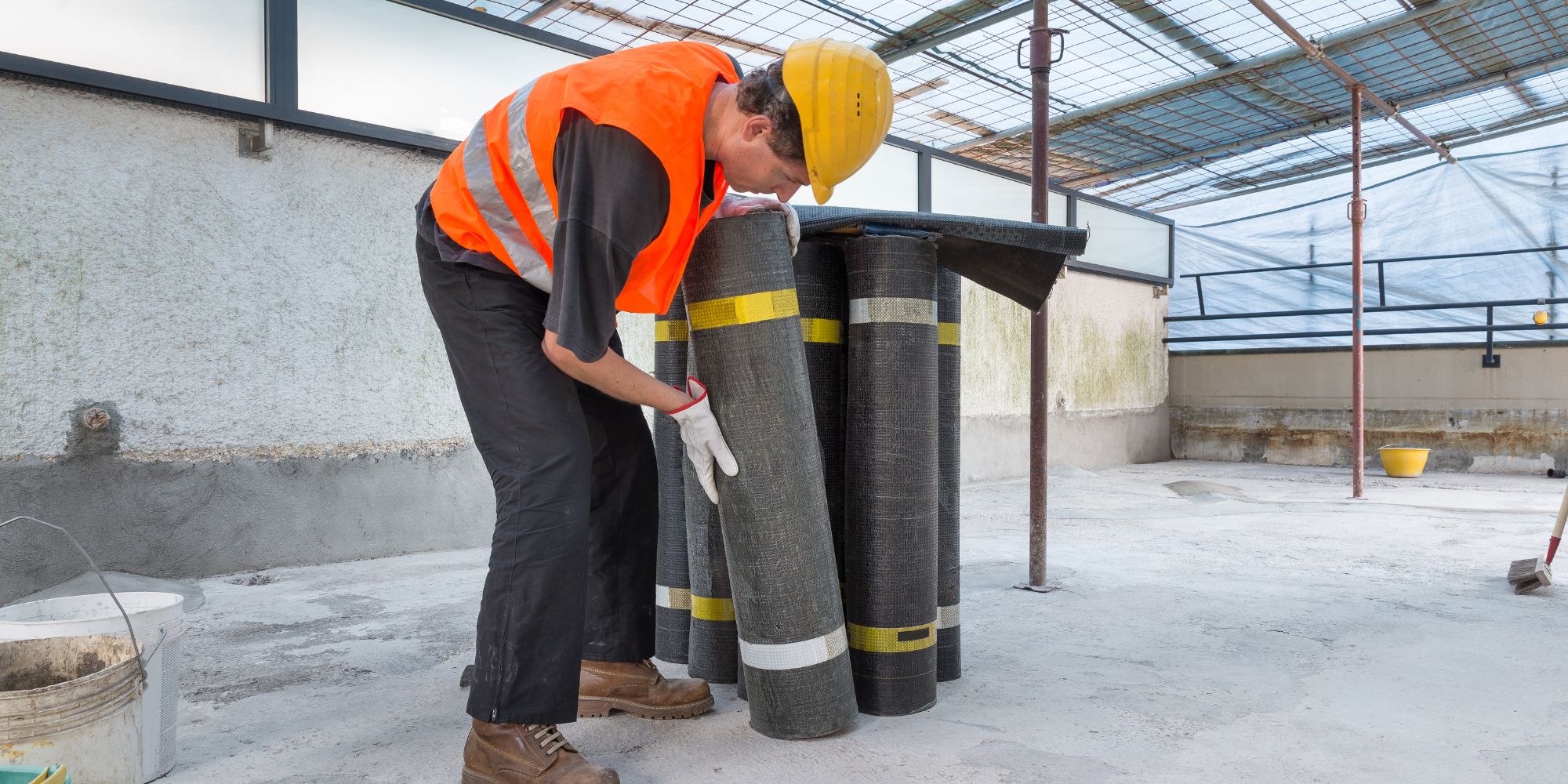Table of Contents
What insulation should I put on the roof?

What insulation should I put on the roof?
Are high energy bills giving you sleepless nights? Look no further! In this article, we'll guide you in maximizing energy savings by helping you discover the best roof insulation for your climate. Whether you live in a hot and humid area or one with extreme temperatures, choosing the right insulation can make a big difference in reducing your energy costs.
The importance of roof insulation
In terms of energy efficiency in home you, the roof plays a decisive role. Without proper insulation, heat can easily escape during the winter and penetrate during the summer. This leads to increased energy consumption as your heating and cooling systems work overtime to maintain a comfortable indoor temperature. Investing in insulation roof, you can create a thermal barrier that helps regulate the temperature inside your home, resulting in lower energy bills and enhanced comfort.
Understanding climate and its effects on energy conservation
Before diving into the different types of materials roof insulation, it is important to understand how climate affects energy conservation. Different areas experience different weather patterns and the right roof insulation should be chosen accordingly.
In warm climates, where temperatures soar in the summer months, the primary goal is to keep the heat out. High-reflectivity, low-emissivity insulation is ideal for reflecting the sun's rays and preventing heat transfer to your home. On the other hand, in cold climates, the focus is on keeping the heat inside your home.
The insulators with high R-values, which measure their thermal resistance, are more effective in reducing heat loss. In humid climates, where moisture can be a concern, it is important to choose insulation that is resistant to mold and mildew growth.
Types of insulating roofing materials
Now that we understand the importance of roof insulation and how climate affects energy savings, let's explore the different types of insulation materials available.
Fiberglass insulation: Fiberglass is one of the most common and widely used insulation materials. It consists of thin glass fibers that are densely packed together. Fiberglass insulation is known for its excellent thermal performance and affordable price. It can be installed as batt, roll or blown insulation.
Cellulose insulation: Made from recycled materials such as newspaper and cardboard, cellulose insulation is an environmentally friendly choice. It is treated with flame retardants to improve fire resistance. Cellulose insulation provides good thermal insulation and soundproof properties and can be blown into attics and wall cavities.
Spray foam insulation: Spray foam insulation is a popular choice for its superior air sealing properties. It expands during application, filling gaps and creating an airtight barrier. Spray foam insulation comes in two types: open cell and closed cell. Open-cell foam is less dense and provides excellent sound insulation, while closed-cell foam is denser and offers higher R-values.
Reflective insulation: Reflective insulation, also known as radiant barrier insulation, is designed to reflect heat away from your home. It consists of reflective material, usually aluminum foil, placed on the underside of the roof. Reflective insulation is most effective in hot climates where the main concern is to reduce heat gain.
Factors to consider when choosing roof insulation
When choosing roof insulation for your climate, there are several factors to consider. These include:
R-value: The R-value measures the insulation's ability to resist heat flow. The higher the R-value, the better the thermal resistance of the insulation. Different climates require different R-values, so it's important to consult your local building codes and energy efficiency guidelines.
Moisture resistance: In humid climates, moisture can be a concern. Look for insulation materials that are resistant to mold and mildew growth, such as closed-cell spray foam insulation or moisture-resistant fiberglass insulation.
Installation method: Consider the installation method that best suits your needs. Some insulation materials, such as fiberglass batts, can be easily installed as a DIY project. Others, such as spray foam insulation, may require professional installation.
Cost: Consider the cost of the insulation material, as well as any additional installation costs. While some materials may have a higher initial cost, they can provide greater energy savings in the long run.
Better roof insulation for hot climates
In hot climates, the goal is to keep your home cool and reduce reliance on air conditioning. The best roof insulation options for warm climates include:
Reflective insulation: As mentioned earlier, the reflective insulation it is particularly effective in hot climates. Its ability to reflect solar heat can significantly reduce heat gain in your home.
Spray Foam Insulation: Spray foam insulation provides excellent air sealing properties, preventing warm air from entering your home. It also has a high R-value, making it a good choice for warm climates.
Roof cladding with radiant barrier: Another option for warm climates is to install a radiant barrier roof covering. This is a reflective material that is applied directly to the underside of the roof, reflecting heat away from your home.
Better roof insulation for cold climates
In cold climates, the focus is on keeping the heat inside your home. The best roof insulation options for cold climates include:
Fiberglass Insulation: Fiberglass insulation with high R values is a popular choice for cold climates. It provides good thermal resistance and helps prevent heat loss through the roof.
Cellulose insulation: Cellulose insulation is a great choice for cold climates because of its high R-value and ability to fill gaps and voids. It can effectively reduce heat loss and improve energy efficiency.
Spray Foam Insulation: Spray foam insulation, particularly closed cell foam, provides excellent insulating properties. Its airtight seal prevents heat loss and helps maintain a comfortable internal temperature.
Better roof insulation for humid climates
In humid climates, moisture resistance is a key factor when choosing roof insulation. The best roof insulation options for humid climates include:
Closed cell spray foam insulation: THE insulation closed cell spray foam is moisture resistant and provides an effective barrier against mold and mildew growth. It can help keep one dry and comfortable internal environment.
Moisture resistant fiberglass insulation: Fiberglass insulation with a moisture-resistant coating is also a suitable choice for humid climates. It helps prevent moisture absorption and inhibits the growth of mold and mildew.
Radiation barrier insulation: Radiation barrier insulation, in addition to its reflective properties, can also act as a moisture barrier. It can help reduce condensation and moisture levels in your home.
Conclusion: Choosing the right roof insulation for maximum energy savings
In conclusion, choosing the right roof insulation for your climate is essential to maximizing energy savings. Consider factors such as R-value, moisture resistance, installation method and cost when making your decision.
Whether you live in a hot and humid area or a cold climate, there are insulation options available that can help lower your energy bills and improve the comfort of your home. Take the time to research and consult with professionals to make an informed choice that fits your specific needs. By investing in quality roof insulation, you can enjoy long-term energy savings and a more sustainable home.

Fill it in
Form